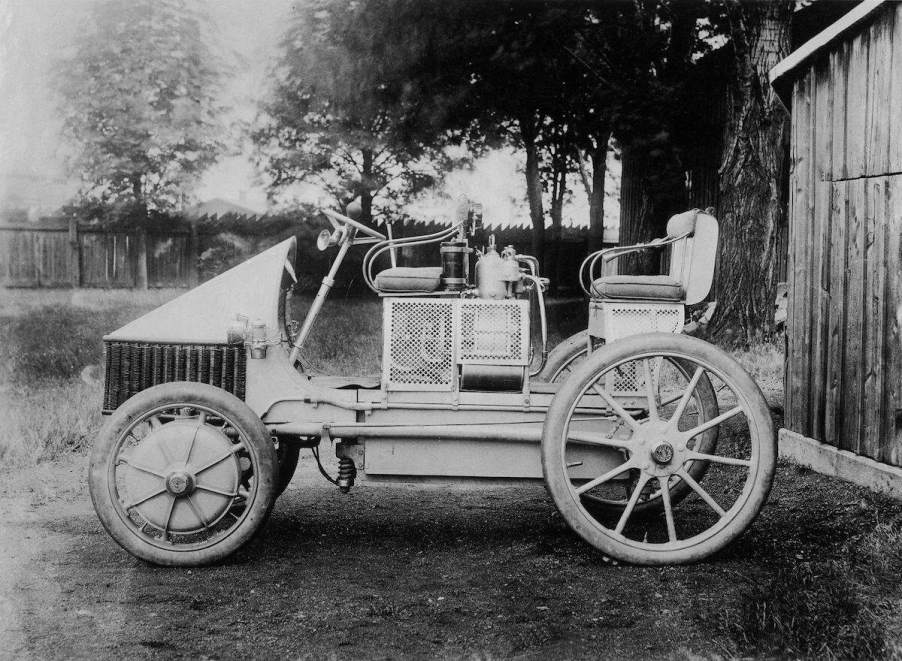
What Was the First Hybrid Car?
Hybrid cars are commonplace nowadays. With vehicles like the Toyota Prius and Hyundai Tucson Hybrid, consumers can enjoy the best of both worlds. They can appreciate the fuel efficiency and eco-friendliness of an EV and the peace of mind and convenience of a gas-powered engine. But where did it all start? Here’s a look at the first hybrid car and how it came to be.
A brief history of electric vehicles
Attributing the electric vehicle’s development to a single individual or country is challenging. Instead, a succession of innovations in the 1800s, beginning with the battery and ending with the electric motor, made the first electric car a reality.
The rise, fall, and rise of the electric car began in the United States with William Morrison. He was a chemist from Des Moines, Iowa, credited with developing the first useful electric car in the States in the 1890s. His six-passenger vehicle, which could reach a top speed of 14 mph, was essentially an electrified wagon, but it sparked public interest in electric cars.
However, Henry Ford’s mass-produced Model T killed the early EV, Energy.gov reports. The Model T made gasoline-powered cars broadly accessible and reasonably priced when it debuted in 1908. The gas-powered model cost only $650 in 1912, whereas the price of an electric roadster was $1,750. The electronic starter, invented by Charles Kettering the same year, did away with the hand crank and increased gas-powered vehicle sales.
So, what was the first hybrid car?

Ferdinand Porsche, the founder of the Porsche brand, introduced the world’s first hybrid car, the Lohner-Porsche Semper Vivus, in 1900. The model name meant “forever alive.”
According to Porsche, the Semper Vivus came out in 1901 as the production-ready Lohner-Porsche Mixte. It used a generator powered by a four-cylinder gasoline engine to charge its batteries, which powered the electric motors that drove the vehicle’s wheels.
The Mixte was a success, and Ferdinand Porsche continued experimenting with electric and hybrid technology throughout his career. Thanks to his innovation, the hybrid vehicle was born and became the future of electrification. However, not until the 1990s did his ideas gain traction in the automotive industry.
Gas prices and environmental concerns reignited the public’s interest in electric cars, spawning the first mass-produced hybrid car.
Introducing the first mass-produced hybrid car
The Prius is credited as the first mass-produced hybrid vehicle. Toyota introduced the car in Japan in 1997 and n the United States in 2000.
The Prius uses a gasoline engine and an electric motor to power the vehicle. Small and efficient, the engine charges the battery that powers the electric motor. The motor provides additional oomph when needed and powers the car at low speeds and when idling.
The Prius quickly became popular for its fuel efficiency and low emissions. It paved the way for more hybrid vehicles from Toyota and other automakers. Today, many hybrid and electric vehicles are available to consumers, but the Prius remains one of the most famous and recognizable.
EVs are taking over the automotive market, with many car manufacturers vowing to offer all-electric vehicles exclusively by the end of the 2020s. If not for the innovations of the early pioneers of electric and hybrid cars, this revolution might have never come to pass.


